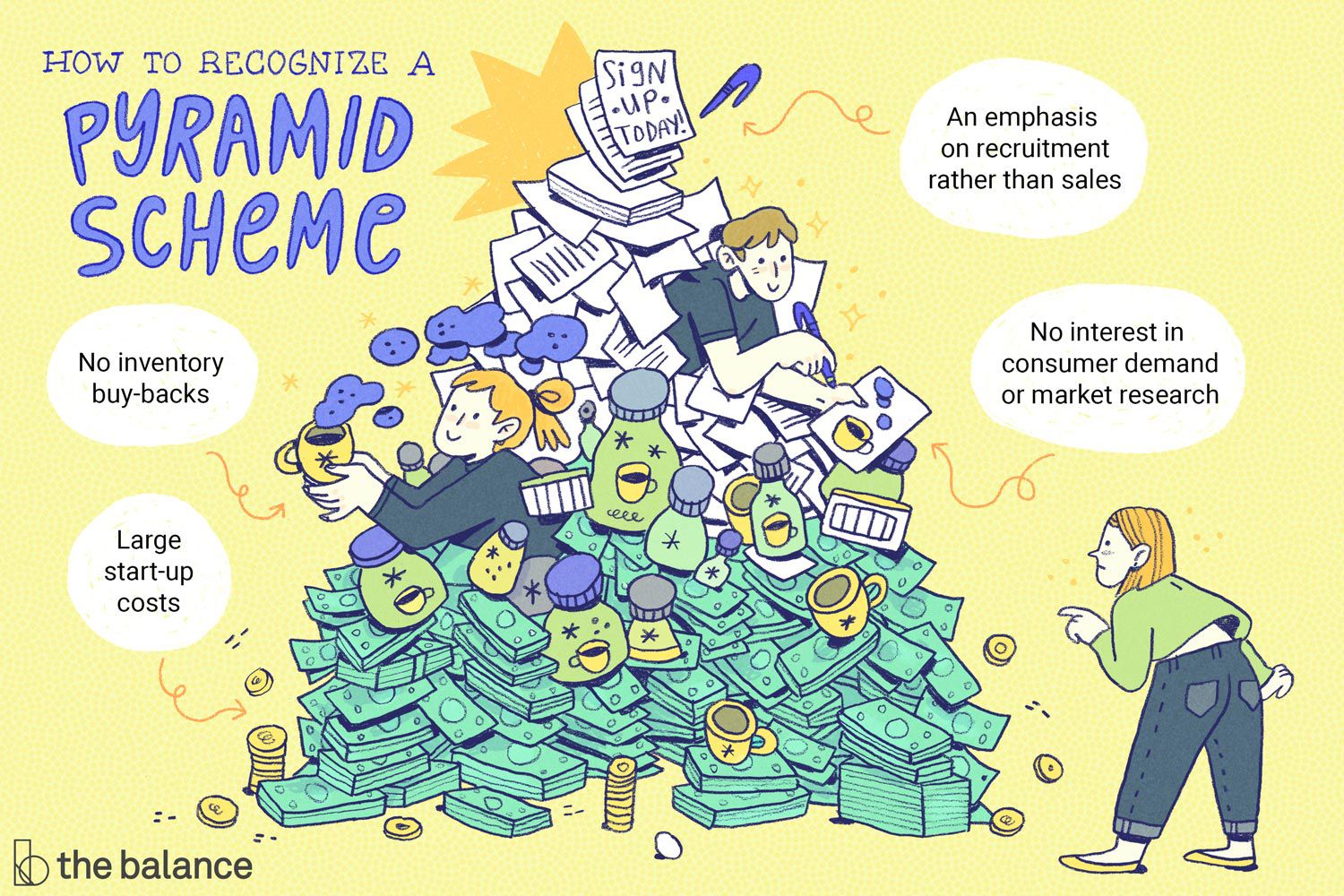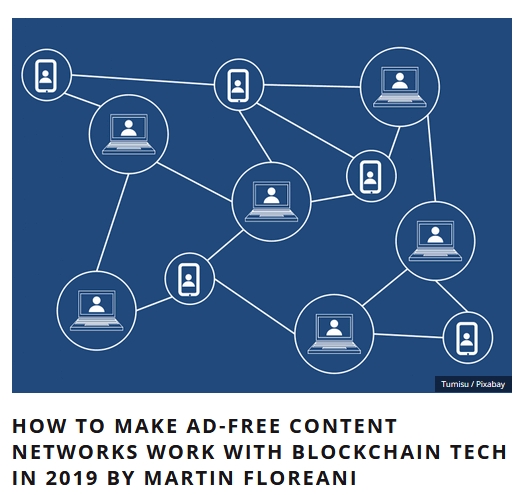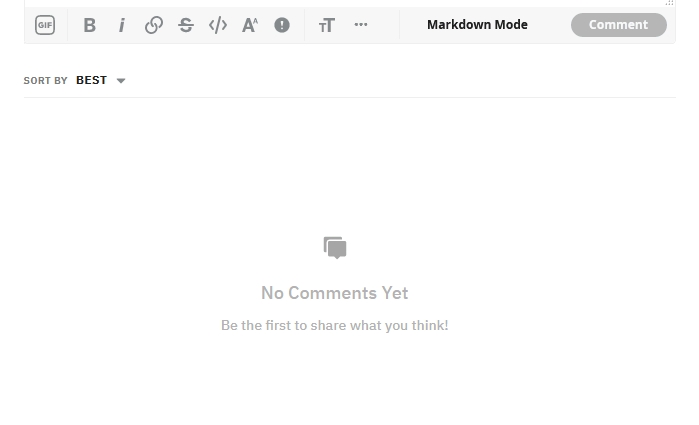|
The Crypto washing machine
By Capt Wardrobe - Jan 2021
First, some terms.
A Blockchain is a shared ledger of digital information that is distributed across many different computers. It records transactions chronologically and makes it costly and difficult to alter transactions, allowing potentially adversarial parties to cooperate.
A Cryptocurrency is a digital currency, like bitcoin or ether in which encryption techniques are used to regulate the generation of units of currency and verify the transfer of funds, operating independently of a central authority.
A Node can be any electronic device able to connect to the network. This includes phones, printers, and computers. The Node’s job is at a minimum to support the network by maintaining a copy of the blockchain or by serving as a relay to connect other notes with more information. In some cases they also process transactions.
A Miner is a type of a node who computes transactions to secure the blockchain. They are incentivized by calculating and processing the data in a block, as well as some random bits of data. If the random bits of data they submit along with the computation of the block’s data doesn’t happen to solve the puzzle, then the miner will continue to rapidly submit new bits of random data in an attempt to be the first to find the solution of a blockchain and validate blocks.
Some multi-level marketing plans have been classified as pyramid schemes.
By Andrew Bloomenthal - Updated Jan 10, 2021
A pyramid scheme is a sketchy and unsustainable business model, where a few top-level members recruit newer members, who pay upfront costs up the chain, to those who enrolled them. As newer members in turn recruit underlings of their own, a portion of the subsequent fees they receive is also kicked up the chain. Often called "pyramid scams," these operations are illegal in some countries.
Key Takeaways
A pyramid scheme funnels earnings from those on lower levels of an organization to the top, and are often associated with fraudulent operations.
The vast majority of pyramid schemes rely on profiting from recruitment fees and seldom involve the sale of actual goods or services with intrinsic value.
Multi-Level Marketing operations (MLMs) are similar in nature to pyramid schemes but differ in that they involve the sale of tangible goods.
In 2008, Canada was overtaken by a sweeping pyramid scheme, resulting in a class-action lawsuit against the operation, which was forced to shut down and return funds back to aggrieved members.
How Pyramid Schemes Work
Pyramid schemes are so named because they resemble a pyramid structure, starting with a single point on top, that becomes progressively wider toward the bottom
Let's assume the following: Founder Mike sits alone at the top of the heap, represented by the number "one." Assume Mike recruits 10 second-tier people to the level directly below him, where each newbie must issue him a cash payment for the privilege of joining. Not only do those buy-in fees funnel directly into Mike's pocket, but each of the 10 new members must then recruit 10 tier-three members of their own (totaling 100), who must pay fees to the tier-two recruiters, who must send a percentage of their takes back up to Mike.
According to the hard-sell pitches made at recruitment events, those bold enough to take the pyramid plunge will theoretically receive substantial cash from the recruits below them. But in practice, the prospective member pools tend to dry up over time. And by the time a pyramid scheme invariably shuts down, the top-level operatives walk away with loads of cash, while the majority of lower-level members leave empty-handed.
It should be noted that because pyramid schemes heavily rely on fees from new recruits, the vast majority do not involve the sale of actual products or services with any intrinsic value.
Types of Pyramid Schemes
Different forms of pyramid schemes exist which can be broadly classified as follows:
Multi-Level Marketing Pyramid Scheme
Multi-level marketing (MLM) is a legal business practice, but unlike traditional pyramid schemes, this model involves the sale of actual goods or services. But participants are not mandated to close any sales, in order to generate income by recruiting members below them.
Some MLMs are nearly indistinguishable from pyramid schemes because they involve the sale of printed materials that have no real value, such as educational courses. These MLM schemes thrive by forcing recruits to buy such no-value products at high costs, and by making them sell these same products to next generational members.
Chain Emails
Chain emails persuade naive recipients to donate chunks of money to everyone listed within the email. After making the donations, the donor is invited to delete the first name on the list and replace it with his own, before forwarding the chain along to his own group of contacts, with hopes that one or more of them will send cash his way. In theory, recipients keep collecting donations until their name is deleted from the list.
Ponzi Schemes
Ponzi schemes are investment cons which work on the premise of "Robbing Peter to pay Paul." They may not necessarily adopt a pyramid scheme's hierarchical structure, but they do promise high returns to existing investors by taking investment money from new blood. Often lured by the prospect of too-good-to-be-true returns, most Ponzi participants end up losing everything.
Investment advisor Bernard Madoff, arguably the most notorious Ponzi scheme artist, was sentenced to 150 years in prison for operating a multibillion-dollar illegal operation.
An Example of a True Pyramid Scheme
In 2008, a massive pyramid scheme swept through Canada, promising citizens a chance to get rich by selling low-cost travel club membership plans. To qualify, applicant "sellers" were first required to purchase memberships for themselves, at a costly $3,200 price tag.3 More than 2,000 folks brought out their checkbooks, as they were promised $5,000 for each similar membership they sold. However, profits could only be realized when applicant members accumulated $100,000 in sales, which entailed selling at least 20 membership plans. But this proved virtually impossible in a downward economy, where people fiercely clung to their money. Consequently, aggrieved investors filed a class-action lawsuit, resulting in the return of their money, and the dismantling of the scheme.
How the Pyramid Tumbles
Pyramid schemes are viable as long as the lowest levels remain wider than the upper ones. But once the lowest levels shrink, the entire structure collapses. By nature of exponential math, it's just plain impossible for pyramids to sustain forever, and somewhere in the chain, people will invariably lose their money. Interestingly, even high-level early adopters may lose money near the end, due to conditions that delay their payments from underlings, which often require waiting periods.
The Bottom Line
Pyramid schemes are illegal in many countries. The model of profiting by using the network effect often traps individuals into recruiting their acquaintances, which can feel slimy for everyone involved and can ultimately strain relationships. Investors should exercise caution with such schemes or simply avoid them altogether.
Rokfin is a media hosting site which rewards users for its plays on content ustilizing a Blockchain based Crytpocurrency
It's CEO is a major player in Cyber monetisation of online content - see;
How to Make Ad-Free Content Networks Work with Blockchain Tech in 2019 By Martin Floreani
why, if you are against the technocracy...
The coming AI run smart technofacsist global control grid.
would you host your shit and sub your shit to this?
Sep 25, 2019·3 min read
Content creators are being squeezed by YouTube.
Less organic reach, diminishing payouts, and decreasing leverage make it increasingly difficult for creators to justify building and maintaining a YouTube presence.
But there is a better way.
Rokfin is flipping the YouTube model on its head by separating the network from the control of the tech platform. This is made possible through the RAE Token, which acts as the native currency of the network.
By compensating creators in RAE Tokens, Rokfin enables the creators to get rewarded for the subscribers they help to acquire and retain, as well as for their share of the network surplus. They can either decide to hold the RAE Tokens or sell them at the time of earnings.
This week, we unveiled a new product feature that allows people to see how many RAE Tokens each piece of content earns for content creators, as well as the equivalent dollar value based on the current RAE Token price, and how many views the same piece of content would need to generate on YouTube to earn the same amount of money (assuming a $2.50 CPM).
You may wonder how the economics work. Read this blog, which explains some of the math behind the RAE Token. Also, this blog explains the RAE Token burn-and-mint process.
The "RAE Tokens earned per post" metric is calculated based on 3 factors:
How many users have subscribed to view the specific post
The "RAE Tokens earned per post" value updates on average once a day, and it never decreases.
To put this metric in perspective, Olympic gold medalist Jordan Burroughs published a documentary, "Gold Never Gets Old," on his YouTube channel June 25. It has generated 88,000 views so far. Once he joined Rokfin in July, Burroughs released his Masterclass, which has earned 25,310 RAE Tokens so far (worth $2,657 based on the current RAE price). To earn the equivalent amount of value from YouTube, he would need his Masterclass or documentary to generate roughly 664k views.
"if you get in early enough on the currency as a content provider you will end up earning more of a share of the handout as time goes by"
that is a pyramid scheme
REMINDER: One $9.99/month subscription gives you access to ALL premium content on the Rokfin platform
Rokfin Promo
Find Out Why Rokfin is the Best Place in the World for Creators to Monetize More Promo here
Rokfin/RAE Token - Why the silence?
DAPP
***I am in no way professionally associated with Rokfin or RAE***
A couple months ago, I came upon the subscription-based platform Rokfin, which is an alternative content creator platform. Their website seems to focus on the creator side more so than the consumer side, with the intent to help fix issues that are faced on Youtube and other platforms. I'm not sure how big the actual platform is, but there seem to be pretty big (albeit somewhat niche) names on the site.
The connection to cryptocurrency is the fact that creators are paid in the Ethereum-based RAE Token, not actual dollars. There is a cap of only 34,000,000 RAE Tokens to be minted, which is relatively small. The economics of the token seem strong, but all dependent on the success of the Rokfin platform. Additionally, purchasing the token is a hurdle for most people since I think it can only be swapped on KyberSwap.
Given the above, I'm confused as to why there doesn't seem to be much discussion about the token.
Is RAE Token too niche for the crypto community to talk about or even know about?
Is the fact that RAE isn't listed anywhere besides KyberSwap a real hurdle?
Am I too optimistic about the economics of it all?
Thanks for getting this far. Looking forward to hearing your thoughts!
Posted byu/Awwwcount - Dec 2020
Breaking this down
So, we have a Media hosting company, Rokfin,
The more subscribers Content Providers manage to accumulate the more value the Currency holds
it is encouraged on the platform, that Tokens are not cashed in, and fed back into the Cryptos standing in Price & volume
Does this mechanism have a model that encourages the Tabloidisation of information
Is this dynamic healthy for hosting honest interesting & questioning, open debate?
Also, if you wanted to crash a coin based in this realm. The major players driving the coin via their content could be censored & taken off the Hosts servers...massivley reducing the price of & standing of the currency.
|





